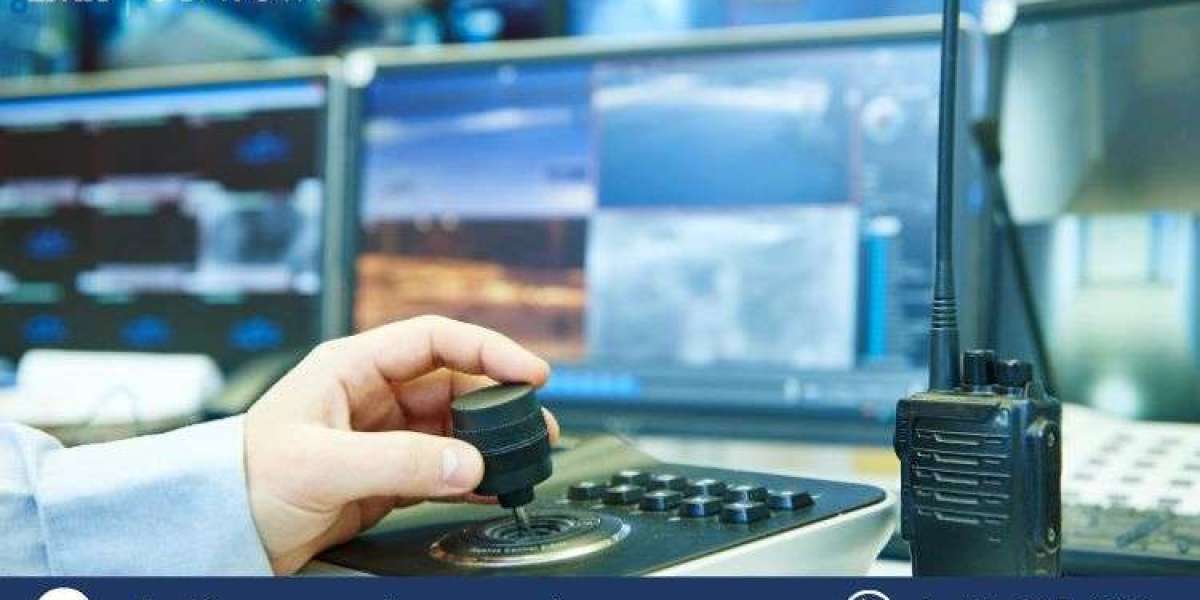The global trade surveillance system market size is witnessing significant growth due to increasing regulatory scrutiny, advancements in artificial intelligence (AI), and the rising need for compliance in financial markets. Organizations are implementing trade surveillance solutions to detect and prevent market manipulation, insider trading, and fraudulent activities.
In 2024, the market reached a value of USD 1.36 billion and is projected to grow at a CAGR of 18.40% from 2025 to 2034, reaching approximately USD 7.36 billion by 2034. The demand for AI-driven monitoring systems, real-time analytics, and compliance automation is shaping the future of the trade surveillance industry.
This article explores the key market drivers, challenges, trends, segmentation, and future opportunities that will define the trade surveillance system market over the next decade.
What’s Driving the Growth of the Trade Surveillance System Market?
1. Rising Regulatory Pressure on Financial Institutions
Financial authorities worldwide are tightening regulations to combat market abuse, insider trading, and price manipulation. Organizations must implement real-time monitoring and compliance systems to meet regulatory requirements. Major regulatory bodies such as the SEC (U.S.), ESMA (Europe), and FCA (UK) are mandating advanced trade surveillance measures to ensure market integrity.
2. Increasing Adoption of AI and Machine Learning in Trade Monitoring
Financial institutions are integrating AI-driven trade surveillance tools that analyze vast amounts of trading data in real time. AI-powered systems can detect unusual trading patterns, automate fraud detection, and improve risk management. The use of machine learning algorithms enhances predictive analytics, enabling proactive identification of suspicious trading behaviors.
3. Growth in Digital Trading Platforms and Cryptocurrency Exchanges
The rapid rise of digital trading platforms, decentralized finance (DeFi), and cryptocurrency exchanges is increasing the need for robust trade surveillance solutions. Digital assets face a higher risk of market manipulation, wash trading, and spoofing, making AI-powered compliance tools essential for monitoring blockchain-based transactions.
4. Increasing Cases of Market Abuse and Insider Trading
With financial markets becoming more complex, instances of insider trading, front running, and collusion have surged. Companies are deploying trade surveillance software to identify manipulative trading behaviors, unusual price movements, and high-frequency trading anomalies.
5. Demand for Cloud-Based and SaaS Trade Surveillance Solutions
Cloud-based trade surveillance solutions offer scalability, cost-effectiveness, and remote access. Companies prefer Software-as-a-Service (SaaS) platforms that provide real-time trade monitoring, automated reporting, and compliance analytics without requiring heavy IT infrastructure investments.
6. Expansion of Algorithmic and High-Frequency Trading (HFT)
High-frequency trading (HFT) and automated trading strategies contribute to market volatility and risk. Trade surveillance systems monitor algorithmic trading activities to detect market manipulation, spoofing, and layering strategies, ensuring fair trading practices.
Challenges Facing the Trade Surveillance Market
1. High Cost of Implementation and Maintenance
Trade surveillance systems require significant investment in AI, data analytics, and real-time processing capabilities. The cost of deploying and maintaining surveillance platforms is high, making it challenging for smaller financial firms to adopt advanced compliance solutions.
2. Increasing Complexity of Financial Markets
The expansion of multi-asset trading, cross-border transactions, and decentralized finance (DeFi) complicates surveillance efforts. Firms need global regulatory compliance solutions that can monitor trades across different markets, asset classes, and jurisdictions.
3. Privacy and Data Security Risks
Trade surveillance systems handle sensitive financial data, making them a target for cyberattacks and data breaches. Ensuring secure data storage, encryption, and compliance with privacy laws (such as GDPR) is essential for market players.
4. Integration Challenges with Legacy Systems
Many financial institutions still rely on legacy IT infrastructures, making it difficult to integrate AI-powered trade surveillance solutions. Upgrading outdated systems and ensuring real-time data synchronization remains a challenge.
Emerging Trends in Trade Surveillance Systems
1. AI-Powered Predictive Analytics and Behavioral Analysis
Trade surveillance platforms are adopting AI-driven behavioral analytics to predict market abuse patterns and trading anomalies. These systems use historical data and deep learning algorithms to detect potential violations before they occur.
2. Expansion of Surveillance for Decentralized Finance (DeFi) and Crypto Markets
Regulators are increasing oversight of DeFi platforms and cryptocurrency exchanges, driving demand for blockchain-integrated trade surveillance tools. Companies are developing crypto-specific monitoring solutions to track suspicious transactions, pump-and-dump schemes, and wash trading.
3. Integration of Natural Language Processing (NLP) for Communication Surveillance
Trade surveillance systems now incorporate natural language processing (NLP) technology to monitor emails, chat messages, and phone conversations for signs of insider trading and financial misconduct. These tools enhance compliance monitoring beyond transaction data.
4. Cloud-Native and API-Based Surveillance Platforms
Cloud-native trade surveillance platforms enable faster deployment, scalability, and real-time updates. API-based solutions allow seamless integration with trading platforms, regulatory databases, and risk management systems.
5. Automated Regulatory Reporting and Compliance Management
Automated compliance reporting tools streamline real-time transaction monitoring, risk assessment, and audit trails. Financial firms are leveraging RegTech solutions to ensure adherence to global regulatory standards.
6. Real-Time Voice and Video Surveillance for Trading Floors
Surveillance technology is expanding beyond digital transactions to real-time monitoring of trader conversations, video interactions, and biometric authentication to prevent collusion and unauthorized trading.
Market Segmentation: Understanding Key Sectors
By Component
- Software Solutions – AI-powered trade surveillance platforms, compliance analytics, and reporting tools.
- Services – Regulatory consulting, compliance training, and fraud detection support.
By Deployment Model
- On-Premises – Used by large financial institutions with dedicated IT infrastructure.
- Cloud-Based (SaaS) – Cost-effective, scalable, and widely adopted by fintech startups and mid-sized firms.
By Application
- Market Abuse Detection – Identifying price manipulation, insider trading, and spoofing.
- Regulatory Compliance – Meeting SEC, FCA, ESMA, and other global financial regulations.
- Fraud Prevention – AI-driven tools to detect unauthorized trading activities.
By End-User
- Banks and Financial Institutions – Major adopters of AI-powered trade surveillance.
- Brokerage Firms – Ensuring compliance in securities and commodities trading.
- Cryptocurrency Exchanges – Monitoring DeFi transactions and digital asset trades.
- Government and Regulatory Bodies – Enforcing financial market regulations.
Future Outlook: Opportunities in the Trade Surveillance Market
The future of the trade surveillance market is shaped by technological advancements, regulatory reforms, and increasing market complexity. Companies investing in AI-driven fraud detection, automated compliance reporting, and blockchain surveillance will gain a competitive edge.
- Adoption of AI and Quantum Computing – AI-powered risk assessment tools and quantum algorithms will redefine trade monitoring efficiency.
- Growth in Cross-Border Compliance Solutions – Financial firms will require global trade surveillance systems to track multi-jurisdictional transactions.
- Integration of Blockchain and Smart Contracts – Blockchain-based trade surveillance will enhance transparency and real-time tracking of transactions.
- Expansion of Automated Risk Scoring Models – AI-driven risk scoring and fraud detection will become standard across financial firms.
- Increased Government Investment in Financial Security – Governments will fund anti-money laundering (AML) and trade monitoring initiatives to prevent financial crimes.






